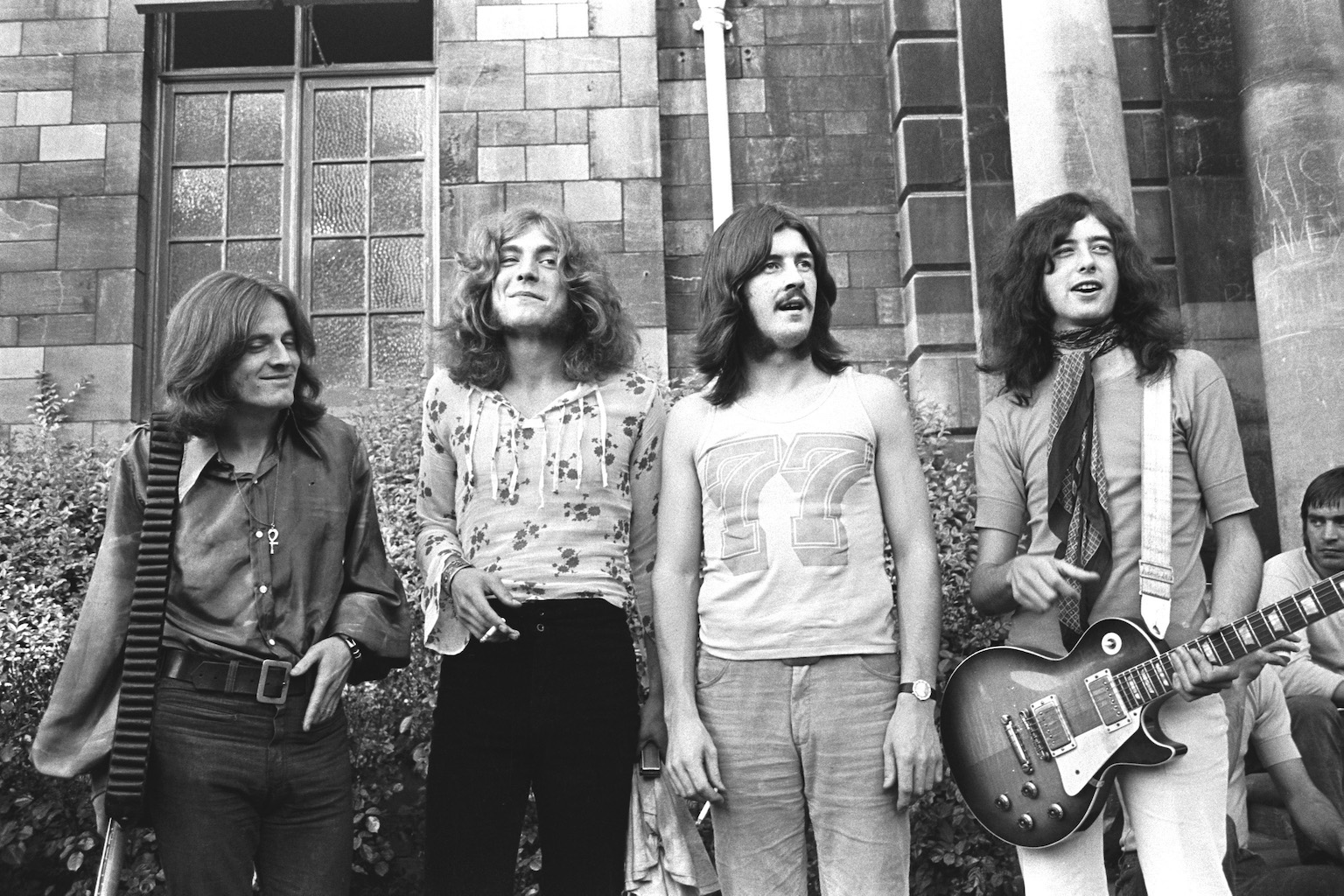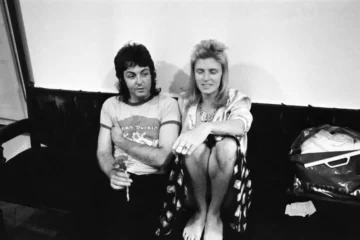News The Led Zeppelin song Robert Plant said was impossible: “Nobody could even believe a human could do it”
Led Zeppelin’s golden-haired frontman Robert Plant once said, “John [Bonham] was the greatest drummer in the world. I knew this because he told me so”. And aside from that pithy remark, John ‘Bonzo’ Bonham also told the world that same thing by letting his braggadocio drumming do the talking. He was the thunder that made Led Zeppelin a storm to behold.
This notion was ratified by Plant, who asserted: “Bonzo was the main part of the band. He was the man who made whatever Page, and I wrote basically work, by what he held back, by what he didn’t do to the tempos. I don’t think there’s anyone in the world who could replace him.” That unique style continues to enamour musicians to this day.
As Matt Helders of the Arctic Monkeys once said, “He’s somebody that I always come back to. […] A fill he does at the end of the ‘Moby Dick’ solo — before the band comes back in. It gives me chills, and that’s no exaggeration. I can hardly even express what it does to me. It’s perfect, absolutely perfect.”
However, it isn’t the rattle of ‘Moby Dick’s’ final throes that prised a bombastic comment from Plant. When discussing ‘Achilles Last Stand’ from Presence, the frontman described it as “us at our least charming, and most proficient—a Bonzo track where nobody could even believe a human could do it.” At 146 beats per minute, Bonham switches between 5/4 and 4/4 time like a metronome on speed and breezes through fills that bring colour to the hard rock rhythm in a way that effortlessly complements the Moroccan-influenced arpeggios that dominate the melody.
The comment now has a strange AI-adjacent prescience, but back then, nobody could believe it was human for entirely different reasons. In fact, even now, the drumming eclipses anything AI could come up with because AI has to invent something new simply by assimilating what has come before, so the uniqueness of Bonham’s beat here would certainly have it stumped.
Wrapping up just shy of 11 minutes, the volley is also a testament to Bonham’s endurance. He might be a thunder of drums, but he’s far from a passing storm. His ability to sustain not only his fury but also his innovation while never impeaching upon the crux of what Plant and Page were trying to do is something that goes near unrivalled in rock. As Plant would quip, it’s almost barely human.
This sentiment rubbishes Keith Richards’ criticism when he alleged, “I love Jimmy Page, but as a band, no, with John Bonham thundering down the highway in an uncontrolled 18-wheeler. He had cornered the market there.” If it’s 11 minutes of solid rattling innovation, then surely that’s the height of control? He might have been heavy, but there was great artistry to his craft.
The fact that this anthropomorphised octopus behind the kit lays this drum track down on a song that quotes William Blake and transposes Flamenco guitar to rock stylings is also a mark of Led Zeppelin’s excellence. There is so much going on that the brew they served up was always bound to be interesting. This mix of Bonzo’s brilliance, the exotic influences, Page’s overdubbing studio innovation that channelled Pet Sounds, and John Paul Jones’ distant orchestral arrangement typifies exactly what made Led Zep one of the most multi-dimensional bands of all time.




